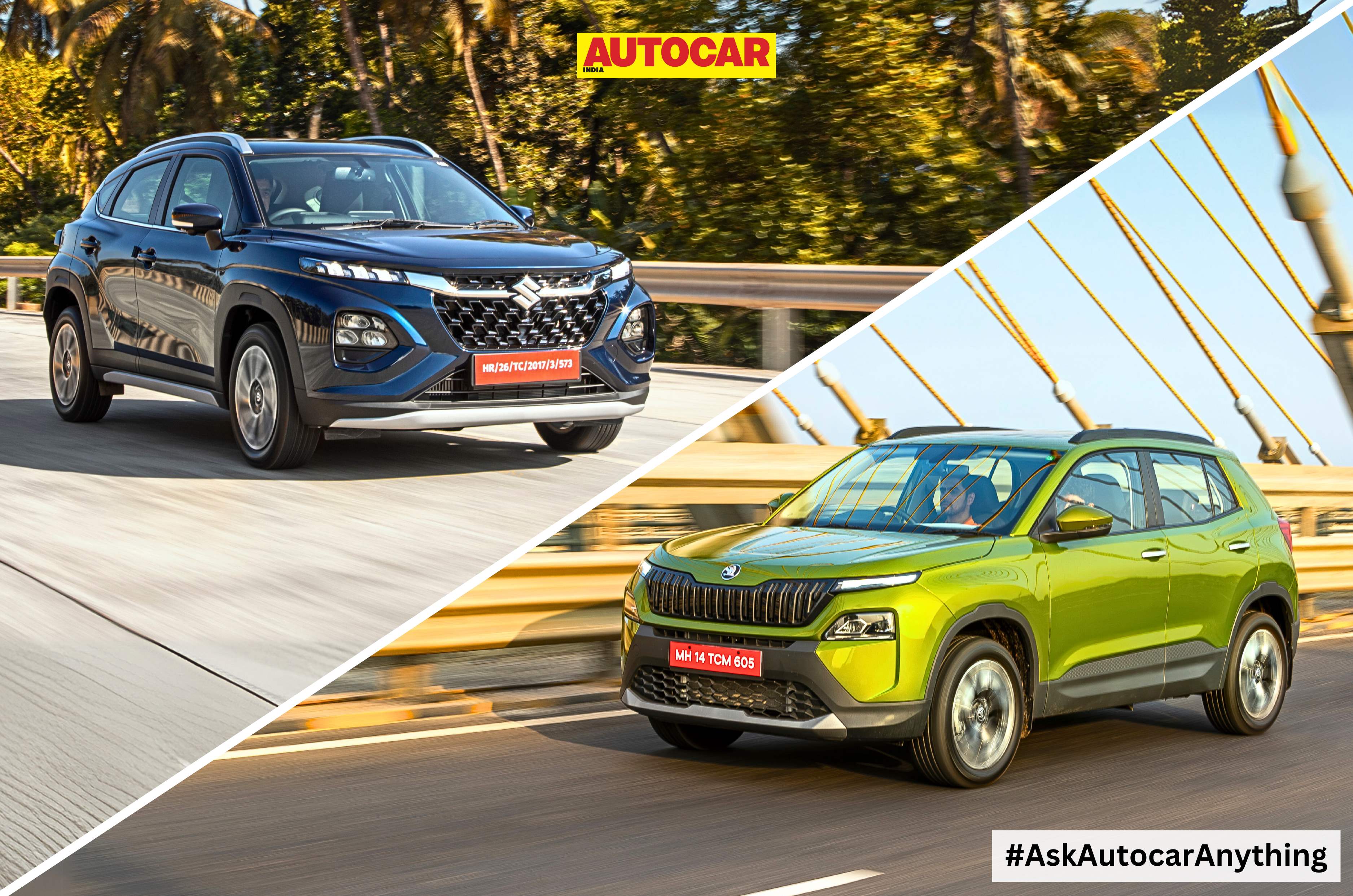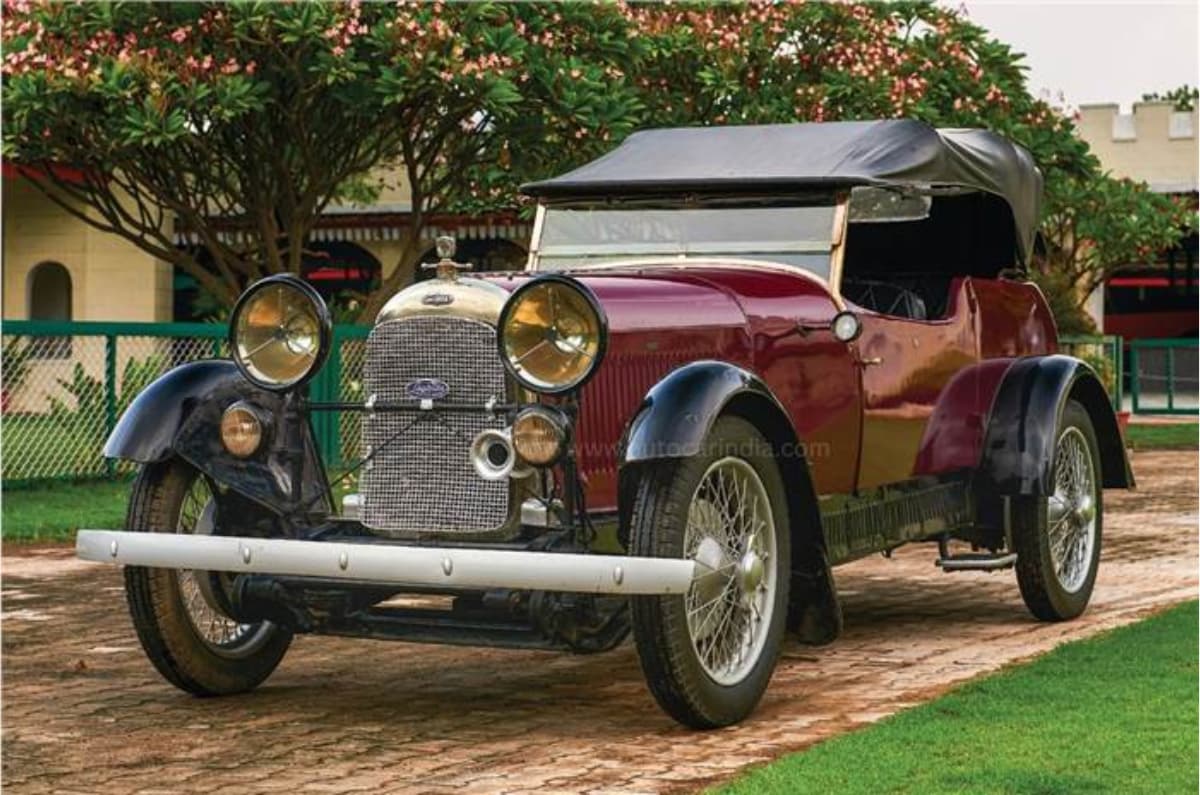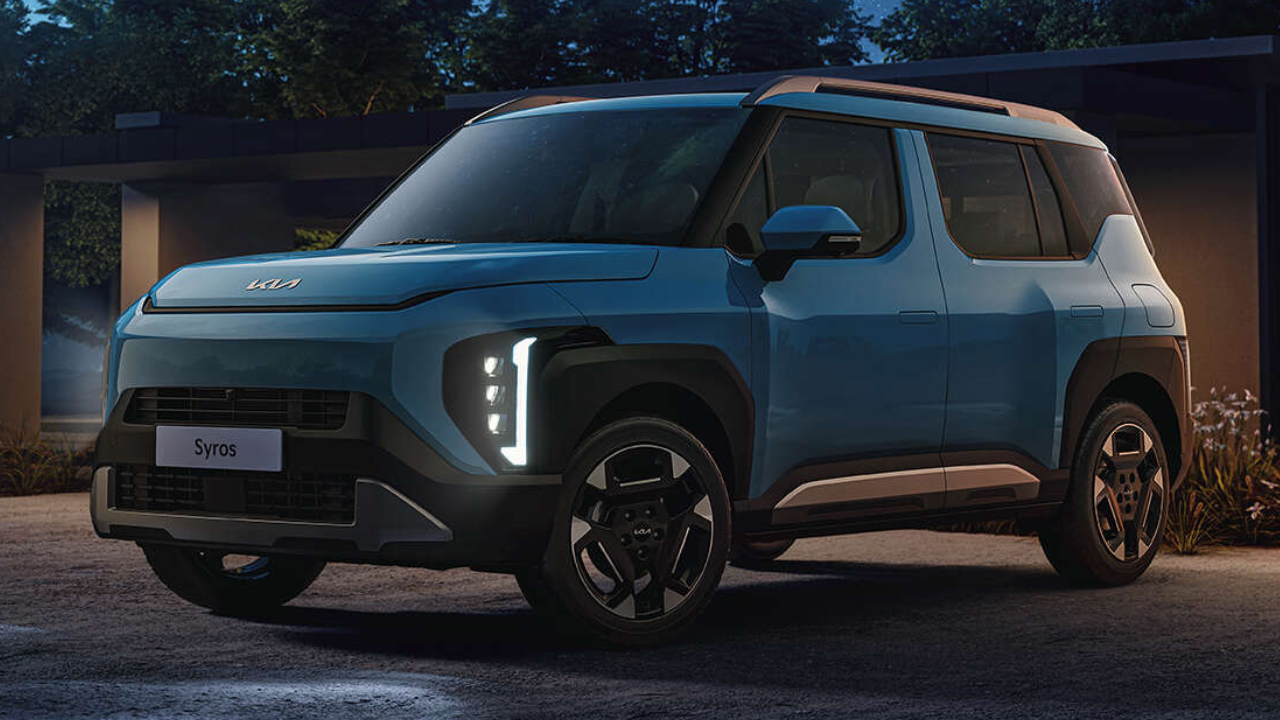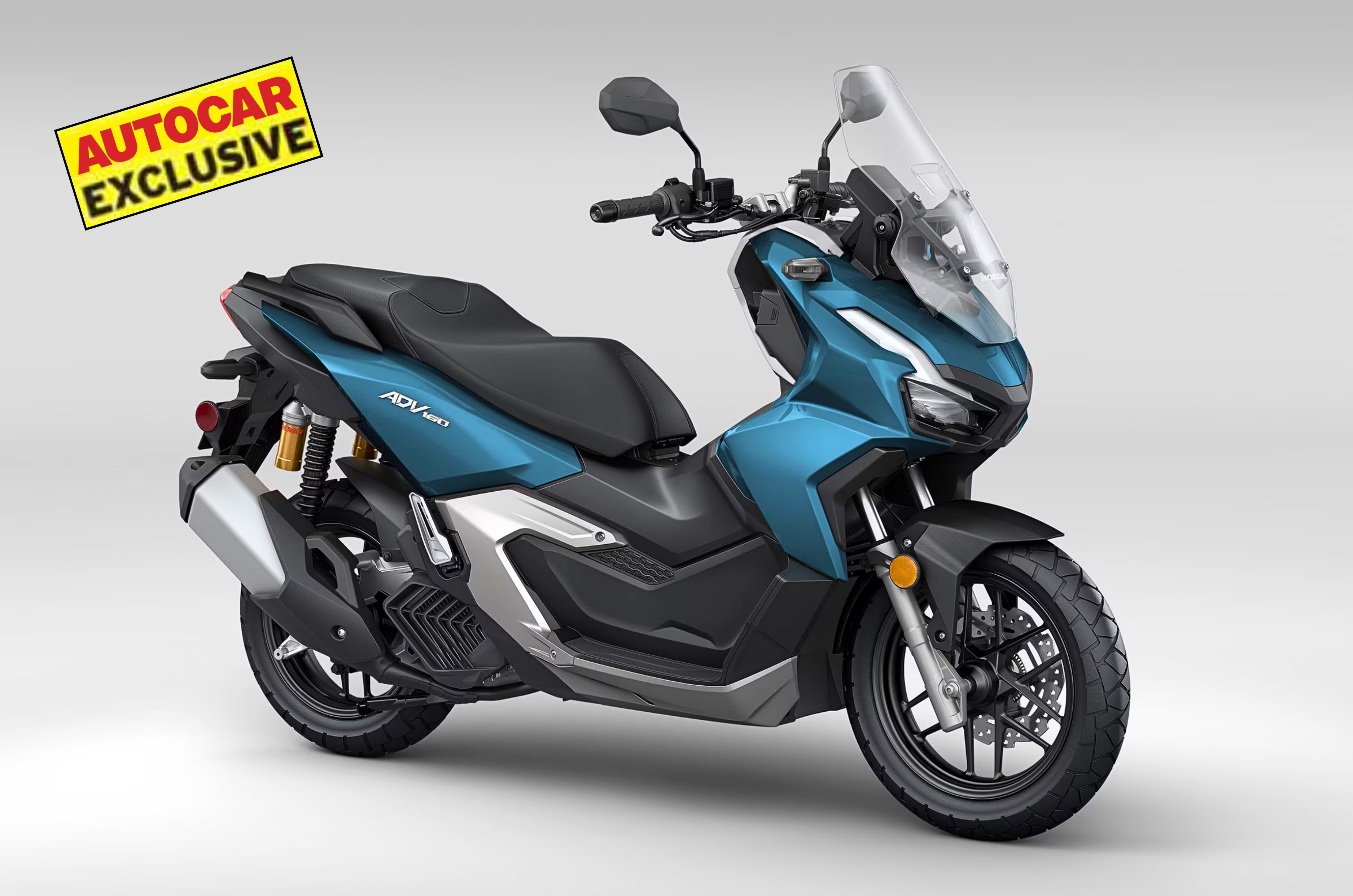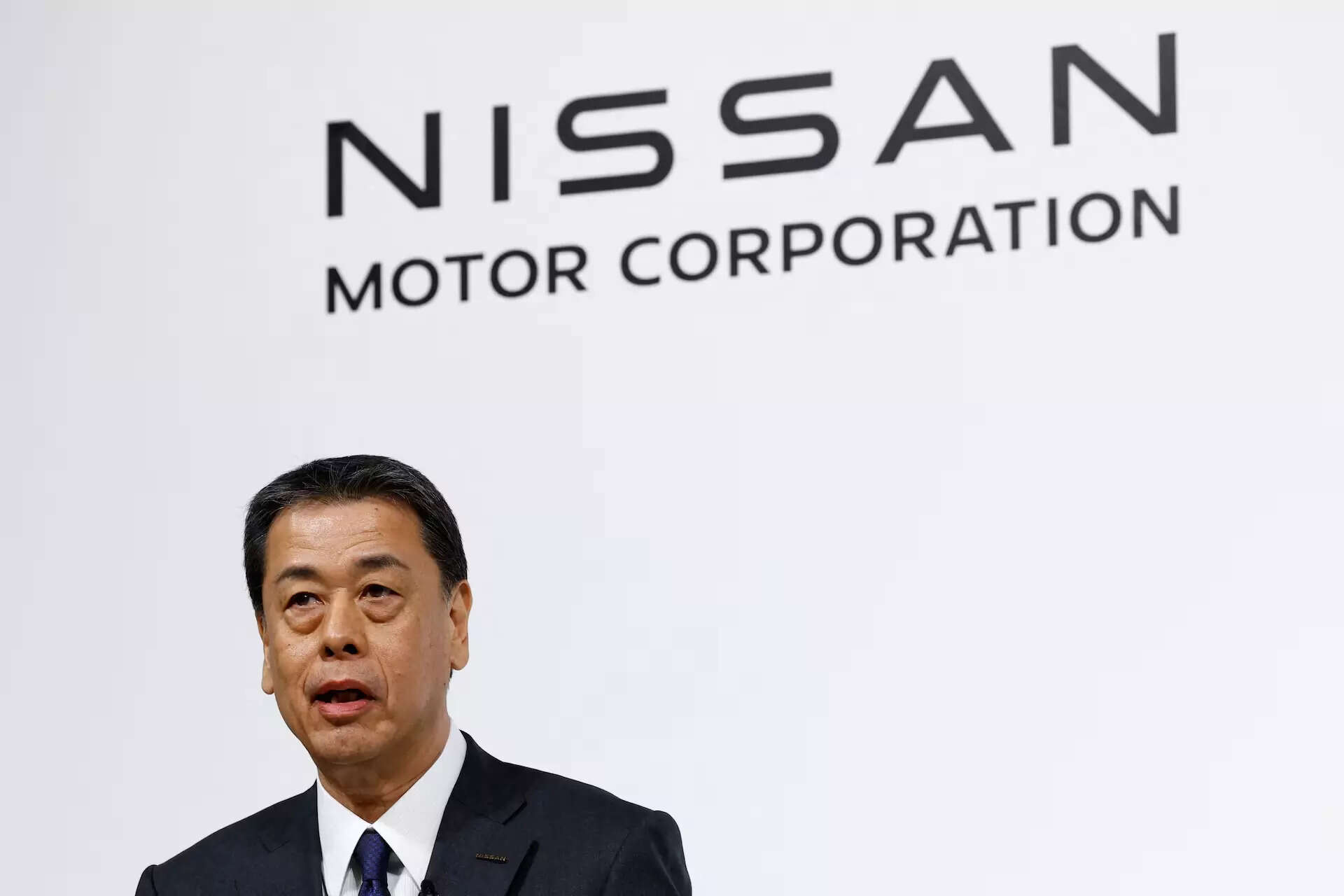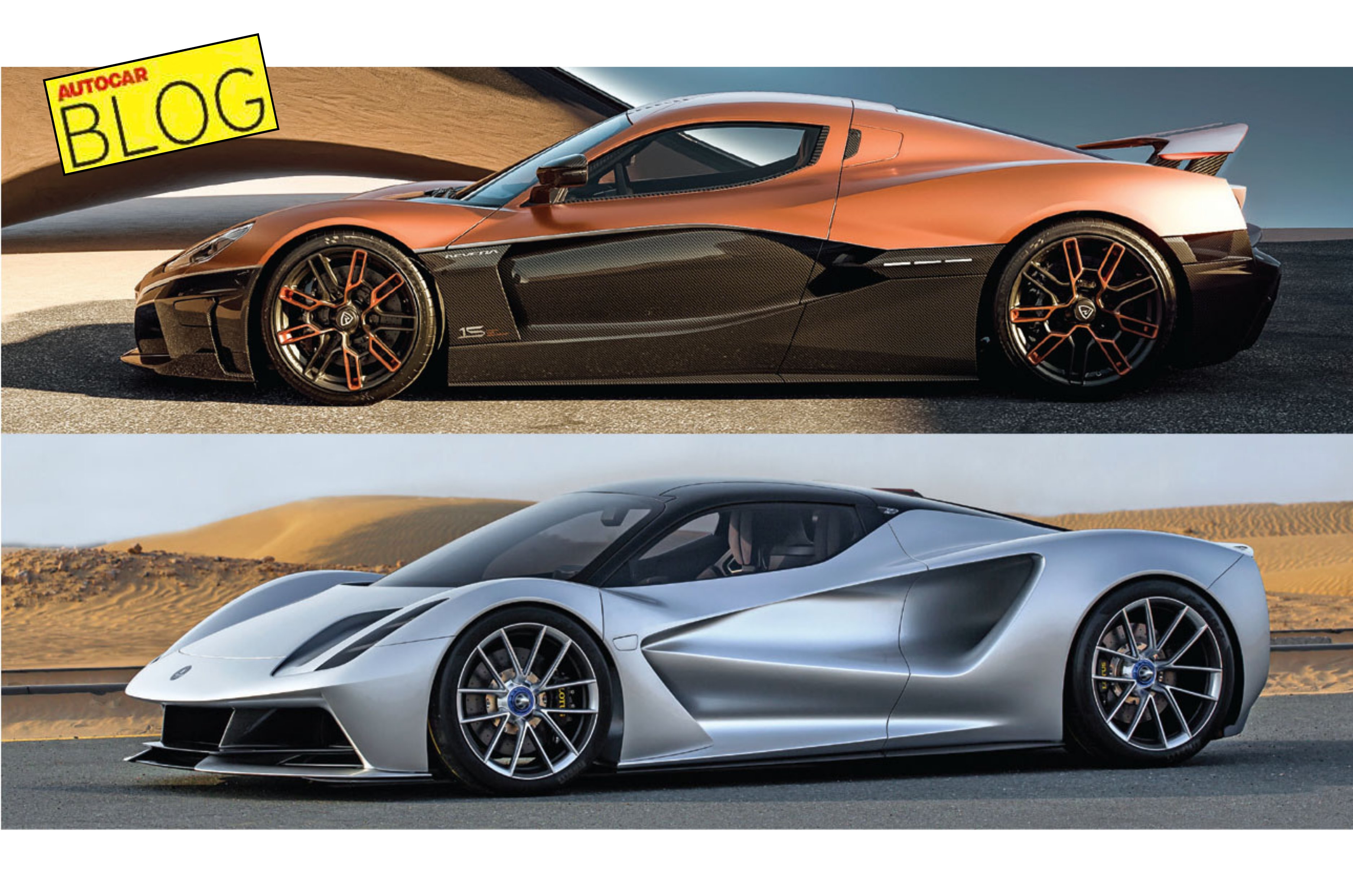
The raw performance of a hyper EV is no longer sexy in isolation, and the feeling of being in control is essential.
The realisation that EVs could deliver stellar straight-line performance started with Tesla. And hats off to Elon and Co. for recognising that EVs needed to be good beyond being just silent and smooth. A brilliant way to get car enthusiasts engaged and enthused, pushing performance for EVs also tied in nicely with their green credentials.
Also cool was that there was real science behind the strong acceleration: the massive torque of the electric motors from the get-go, the extra weight on the driven wheels and the fact that with fast electronic switching (on-off power), the traction control system and electric motor combo could put down more power than a slow ‘switching’ combustion engine.
This, of course, led to the ‘more is more’ extrapolation: bigger and more motors, bigger batteries, more torque, and more explosive performance. And if EV performance sedans were so successful, why not EV sportscars and hypercars? The logic was sound: green credentials, raw performance, and all the high-tech. Potential owners would be lining up.
But they haven’t. Most EV hypercars are one-trick ponies. All they do is go fast in a straight line. And while the explosive performance is startling and jaw-dropping at first, it’s not enjoyable to do it again and again. There’s almost no engagement with the car. You put your foot down on the gas, hang on, and get shot, trebuchet-like, to 200kph. There’s no shifting of gears, no revving up the powerband in each gear and, of course, no exhaust note. And repeated launches often get passengers, and even drivers, car sick.
Even more of a problem are steering, handling and throttle metering, especially when coming out of corners. Sure, the car has a grip, and you can sort of engineer good body control. But what’s missing is litheness, agility and driver involvement. There’s so much weight and torque flowing through the wheels that the steering feel just gets buried under. Remember, most of these electric hypercars weigh upwards of two tonnes, with some going as high as 2,500kgs. And some have absurd amounts of power, often around 2,000hp, with four motors. This lack of engagement is probably why Ferrari, Lamborghini, McLaren and Porsche don’t have EV hypercars out yet and why sports and performance carmakers are slowly but surely bringing combustion-engine-based cars back into their portfolios.
The question is, can the electric hypercar survive? What’s clear is that they will have to evolve, just like hybrids and diesels did (remember how bad they were), and carmakers will have to make them ‘cool’. A lot will have to change before these cars can attain the success everyone expects them to enjoy.
Also see:
Aston Martin Valkyrie Le Mans hypercar revealed










